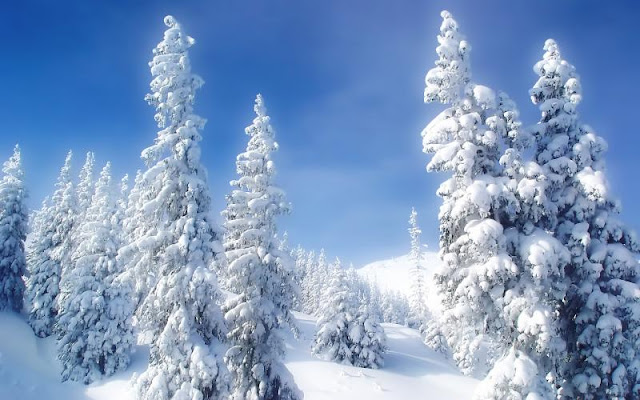Snow is a form of precipitation in the form of crystalline water ice, consisting of snowflakes that fall from clouds. Since snow is composed of small ice particles, it is a granular material. It has an open and therefore soft structure, unless subjected to external pressure.
Snowflakes come in a variety of sizes and shapes. Types which fall in
the form of a ball due to melting and refreezing, rather than a flake,
are known as hail, ice pellets or snow grains. Snowfall amount and its related liquid equivalent precipitation amount are determined using a variety of different rain gauges.
The process of precipitating snow is called snowfall. Snowfall tends to form within regions of upward motion of air around a type of low-pressure system known as an extratropical cyclone. Snow can fall poleward of these systems' associated warm fronts
and within their comma head precipitation patterns (called such due to
the comma-like shape of the cloud and precipitation pattern around the
poleward and west sides of extratropical cyclones). Where relatively
warm water bodies are present, for example because of water evaporation
from lakes,
lake-effect snowfall
becomes a concern downwind of the warm lakes within the cold cyclonic
flow around the backside of extratropical cyclones. Lake-effect snowfall
can be heavy locally. Thundersnow
is possible within a cyclone's comma head and within lake effect
precipitation bands. In mountainous areas, heavy snow is possible where
upslope flow is maximized within windward sides of the terrain at elevation, if the atmosphere is cold enough.



















No comments:
Post a Comment